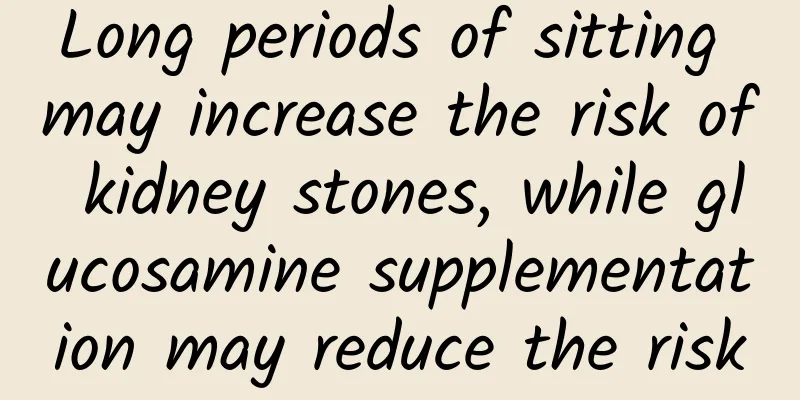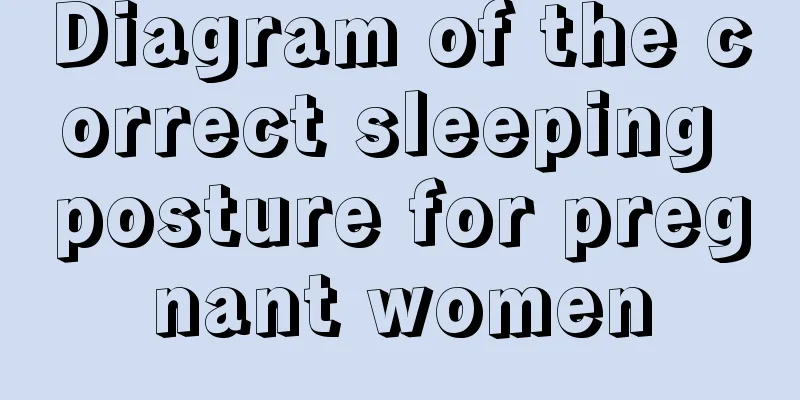Long periods of sitting may increase the risk of kidney stones, while glucosamine supplementation may reduce the risk

|
Kidney stones are a common disease, affecting approximately 10% of adults worldwide, and their global prevalence and incidence are still increasing. Patients with kidney stones are at high risk for metabolic syndrome, cardiovascular disease, chronic kidney disease, and renal failure. Increasing evidence suggests that inflammation plays an important role in the pathogenesis of kidney stones. Therefore, drugs or supplements with anti-inflammatory effects may have potential benefits in preventing kidney stones. (Pictures from the Internet, copyright belongs to the original author) Glucosamine is a commonly used nonvitamin, nonmineral dietary supplement widely used to relieve osteoarthritis and joint pain with potential anti-inflammatory effects. However, to date, no prospective cohort study has investigated the association between glucosamine use and kidney stone risk. In addition, many people like to watch TV or play computer games, and they usually commute by car, and often sit for a long time, which may increase the risk of kidney stones. However, there is currently a lack of prospective cohort studies to explore the association between sedentary behaviors such as watching TV, driving, and using computers and kidney stone risk. In addition, it is unclear whether sedentary behavior affects the relationship between glucosamine use and kidney stone risk. In response to the above clinical problems, Professor Qin Xianhui's team from the National Clinical Research Center for Kidney Diseases of Nanfang Hospital conducted relevant work, and the research results were published in the journal Preventive Medicine . The study found that the longer the total time spent watching TV, driving, using computers and sitting for a long time every day, the higher the risk of kidney stones. Among adults with less sedentary time, the use of glucosamine significantly reduced the risk of kidney stones. Professor Qin Xianhui from the National Clinical Research Center for Kidney Diseases of Nanfang Hospital of Southern Medical University is the corresponding author of the article, and graduate student Gan Xiaoqin is the first author. The study included more than 470,000 middle-aged and elderly participants from the UK Biobank study who had no kidney stones at baseline. The average age was 56.5 years, and 45.3% were male. Among them, 19.2% of the participants reported that they regularly supplemented with glucosamine. After approximately 12.0 years of follow-up, 5,528 (1.2%) participants developed kidney stones. Daily TV watching, driving, computer use, and total sitting time were positively associated with the risk of kidney stones (Figure 1). The risk of kidney stones increased significantly by 18% for those who sat for more than 3.5 hours per day. Figure 1. Daily TV watching (A), driving (B), computer use (C), and total sitting time (D) are all positively correlated with the risk of kidney stones Among people who sat for less than 3.5 hours per day, participants who regularly supplemented with glucosamine had a significant 28% lower risk of developing kidney stones; however, no significant effect of glucosamine use on kidney stone risk was observed among people who sat for more than 3.5 hours per day. At the same time, the genetic risk score for kidney stones had no significant modifying effect on the relationship between glucosamine supplementation and the risk of kidney stones; that is, regardless of whether the genetic risk of kidney stones is high or low, people who sit for less than 3.5 hours a day can reduce the risk of kidney stones by regularly supplementing with glucosamine. This study suggests that reducing sedentary time and supplementing with glucosamine may be a simple, safe and effective strategy to reduce the risk of kidney stones, providing new ideas for the prevention and treatment of kidney stones, but more clinical trials are needed to further confirm this finding. References: Gan X, Zhou C, He P, Ye Z, Liu M, Yang S, Zhang Y, Zhang Y, Huang Y, Xiang H, Qin X. Inverse association of glucosamine use and risk of new-onset kidney stones in UK adults with less sedentary time. Prev Med .2023 Oct 20;177:107738. Editor | Gan Xiaoqin Huang Yu Audit | Qin Xianhui |
<<: What is the relationship between combined detection of HPV and TCT and cervical cancer?
>>: In addition to improving beauty, what other problems can adult orthodontics solve?
Recommend
9 "good" habits that you keep sticking to will push you towards aging and even death
Popularize science and spread science to the publ...
No menstruation for more than 50 days after medical abortion
In daily life, there are many cases where men and...
How to maintain a good appearance for 30-year-old women
I believe many female friends agree with this tru...
What to eat during menstruation to lose weight
Losing weight is a long-term battle. Only long-te...
Signs of twins after IVF
For many infertile couples, the best way to conce...
How does a negative bacterial vaginosis test result occur?
According to statistics from gynecologists, vagin...
What to do if you have toothache during 5 months of pregnancy
For pregnant women, if they have toothache sympto...
What to do if you have a headache and can't sleep? Relieve headache and sleep better
Headache is a common symptom in life. Many diseas...
Age-related macular degeneration
As the elderly age, their collagen will gradually...
Precautions for miscarriage in the second half of pregnancy
We all know that many female friends may experien...
Clinical Research | Is stem cell therapy safe? The Lancet gives an authoritative answer
Professor Thomas C. Sudhof, Nobel Prize winner in...
Folic acid needs to be supplemented, but excessive intake is not advisable
Folic acid needs to be supplemented, but excessiv...
What to do if you have athlete's foot during confinement
Athlete's foot is a very common disease. It a...
What medicine is better for women with night sweats?
It is a common condition for women to have night ...
How to postpone your period?
Due to some special reasons, many women will use ...









